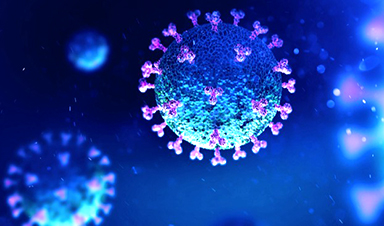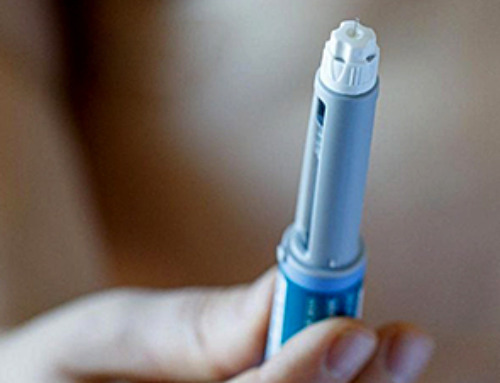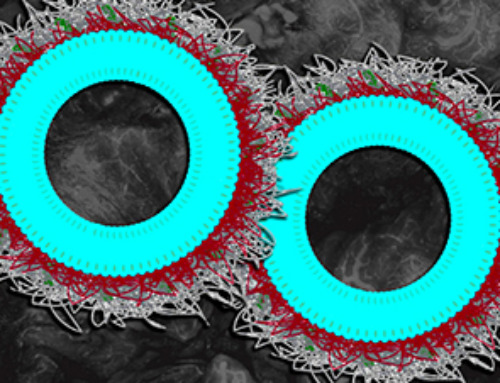Despite its advantages over other vaccine technologies for Covid-19, adenovirus vector vaccines are likely to be tripped up by pre-existing antibodies to the vectors used and the need for a second injection to boost protection.
CanSino Biologics’ Ad5-nCoV and Johnson & Johnson’s AdVac platform-based vaccine use a human adenovirus vector, but a significant chunk of people may already have neutralising antibodies against the vector, decreasing efficacy prospects. Phase I Ad5-nCoV data is also underwhelming, adding credence to the issue of pre-existing antibodies.
AstraZeneca’s AZD1222 and Rome-based ReiThera’s Covid-19 vaccines are also adenovirus vectored but use nonhuman vectors. However, AZD1222’s recent animal data also leave questions about its utility to prevent virus spread. A possible way to improve efficacy is to add a booster shot down the line, perhaps using a different adenovirus vector or even a different vaccine technology. Perhaps AZD1222 only carrying SARS-CoV-2’s spike protein may not be enough.
There are at least 38 companies or universities with a recombinant adenovirus-derived vaccine asset for Covid-19 from preclinical to Phase II/III stages, according to GlobalData. AstraZeneca partnered with Oxford University on 30 April to further develop AZD1222, and on 3 June, the US Federal Government’s vaccine initiative, Operation Warp Speed, named it as one of five finalists along with Johnson & Johnson’s (J&J) candidate. Phase I/II AZD1222 trial (NCT04324606) data are expected shortly, while J&J’s Phase I/IIa will start in July. ReiThera will also begin a clinical investigation in the summer. CanSino is the only company that has released clinical trial data, with Ad5-nCoV already in a Phase II trial (NCT04341389) that has a primary completion date of January 2021.
AZD1222 is concurrently in Phase II/III trial (NCT04400838), with data timelines dependent on community viral transmission rates, the Oxford University website states. A registrational field trial expected to start in the summer is likely to require around 25,000–30,000 volunteers if the annualised incidence rate is 1.5%, this news service reported on 14 May. While a challenge trial design could be considered to quickly gather protection data, such a trial design also has its own operational and ethical issues.
Image Credit: Envato/ Amanda Scott
![]()
News This Week
GLP-1 Drugs Like Ozempic Work, but New Research Reveals a Major Catch
Three new Cochrane reviews find evidence that GLP-1 drugs lead to clinically meaningful weight loss, though industry-funded studies raise concerns. Three new reviews from Cochrane have found that GLP-1 medications can lead to significant [...]
How a Palm-Sized Laser Could Change Medicine and Manufacturing
Researchers have developed an innovative and versatile system designed for a new generation of short-pulse lasers. Lasers that produce extremely short bursts of light are known for their remarkable precision, making them indispensable tools [...]
New nanoparticles stimulate the immune system to attack ovarian tumors
Cancer immunotherapy, which uses drugs that stimulate the body’s immune cells to attack tumors, is a promising approach to treating many types of cancer. However, it doesn’t work well for some tumors, including ovarian [...]
New Drug Kills Cancer 20,000x More Effectively With No Detectable Side Effects
By restructuring a common chemotherapy drug, scientists increased its potency by 20,000 times. In a significant step forward for cancer therapy, researchers at Northwestern University have redesigned the molecular structure of a well-known chemotherapy drug, greatly [...]
Lipid nanoparticles discovered that can deliver mRNA directly into heart muscle cells
Cardiovascular disease continues to be the leading cause of death worldwide. But advances in heart-failure therapeutics have stalled, largely due to the difficulty of delivering treatments at the cellular level. Now, a UC Berkeley-led [...]
The basic mechanisms of visual attention emerged over 500 million years ago, study suggests
The brain does not need its sophisticated cortex to interpret the visual world. A new study published in PLOS Biology demonstrates that a much older structure, the superior colliculus, contains the necessary circuitry to perform the [...]
AI Is Overheating. This New Technology Could Be the Fix
Engineers have developed a passive evaporative cooling membrane that dramatically improves heat removal for electronics and data centers Engineers at the University of California San Diego have created an innovative cooling system designed to greatly enhance [...]
New nanomedicine wipes out leukemia in animal study
In a promising advance for cancer treatment, Northwestern University scientists have re-engineered the molecular structure of a common chemotherapy drug, making it dramatically more soluble and effective and less toxic. In the new study, [...]
Mystery Solved: Scientists Find Cause for Unexplained, Deadly Diseases
A study reveals that a protein called RPA is essential for maintaining chromosome stability by stimulating telomerase. New findings from the University of Wisconsin-Madison suggest that problems with a key protein that helps preserve chromosome stability [...]
Nanotech Blocks Infection and Speed Up Chronic Wound Recovery
A new nanotech-based formulation using quercetin and omega-3 fatty acids shows promise in halting bacterial biofilms and boosting skin cell repair. Scientists have developed a nanotechnology-based treatment to fight bacterial biofilms in wound infections. The [...]
Researchers propose five key questions for effective adoption of AI in clinical practice
While Artificial Intelligence (AI) can be a powerful tool that physicians can use to help diagnose their patients and has great potential to improve accuracy, efficiency and patient safety, it has its drawbacks. It [...]
Advancements and clinical translation of intelligent nanodrugs for breast cancer treatment
A comprehensive review in "Biofunct. Mater." meticulously details the most recent advancements and clinical translation of intelligent nanodrugs for breast cancer treatment. This paper presents an exhaustive overview of subtype-specific nanostrategies, the clinical benefits [...]
It’s Not “All in Your Head”: Scientists Develop Revolutionary Blood Test for Chronic Fatigue Syndrome
A 96% accurate blood test for ME/CFS could transform diagnosis and pave the way for future long COVID detection. Researchers from the University of East Anglia and Oxford Biodynamics have created a highly accurate [...]
How Far Can the Body Go? Scientists Find the Ultimate Limit of Human Endurance
Even the most elite endurance athletes can’t outrun biology. A new study finds that humans hit a metabolic ceiling at about 2.5 times their resting energy burn. When ultra-runners take on races that last [...]
World’s Rivers “Overdosing” on Human Antibiotics, Study Finds
Researchers estimate that approximately 8,500 tons of antibiotics enter river systems each year after passing through the human body and wastewater treatment processes. Rivers spanning millions of kilometers across the globe are contaminated with [...]
Yale Scientists Solve a Century-Old Brain Wave Mystery
Yale scientists traced gamma brain waves to thalamus-cortex interactions. The discovery could reveal how brain rhythms shape perception and disease. For more than a century, scientists have observed rhythmic waves of synchronized neuronal activity [...]





















